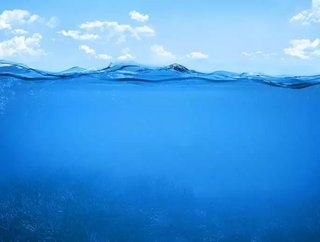New Zealand seabed mining moves closer with EPA approval

Deep sea mining in the sea-bed of New Zealand just moved a step closer, following significant approval from environmental regulators.
Trans-Tasman Resources, an exploration company focused on the exploration and extraction of mineral sand deposits in New Zealand, has received approval on its Marine Consent to recover and export iron sands offshore in the South Taranaki Bight. (STB).
The approval has come from the Environmental Protection Agency (EPA) and represents a major step in the future of deep sea mining, as the decision is the first approval for a mining proposal in New Zealand’s extensive offshore Exclusive Economic Zone under the EEZ Act 2012.
The company had filed the application with the EPA in August 2016.
Commenting on the approval, Alan J Eggers said: “The grant of TTR’s Marine Consent is an important step for mining developments and investment in New Zealand resources and this consent will facilitate development of a new low impact sustainable export industry for the country.
The TTR operation will introduce new jobs, a range of professions and skills, training facilities and technology along with substantial economic benefits for Taranaki and New Zealand.
TTR’s Board and management team are now focussed on moving forward to develop the project by building and commissioning the IMV, support vessels and infrastructure with the first iron ore shipments anticipated to commence in 2020.”
Related stories:
-
Rare earth elements discovered in Exclusive Economic Zone of the Cook Islands deep seabed
-
50,000 leagues under the sea: Deep sea mining and the world of tomorrow
The South Taranaki Bight Project proposes to excavate up to 50 million tonnes of sand each year, separating iron ore from the sediment and returning 90 per cent of the sand to the seabed in a controlled manner.
Read our exclusive interview with Mike Johnston, Helmsman, President and CEO of Nautilus Minerals, the first company to commercially explore the seafloor for massive sulphide systems, a potential source of high grade copper, gold, zinc and silver.
“We’re the leading company in deep sea mining, we’ve got all the technology and most of the patents,” Mike says.
“I look at it like oil and gas was in the 50s when the oil and gas industry was virtually non-existent. When it started going offshore in the 60s it slowly grew and now it accounts for about 30% of the world’s oil and gas production,” he adds.
“We know there are these huge resources of copper on the sea floor – the resources on land are of a much lower grade and much harder to get. It doesn’t take much imagination to see that a significant chunk of future copper production is going to come from these very large offshore resources.”






